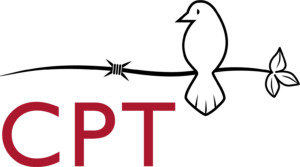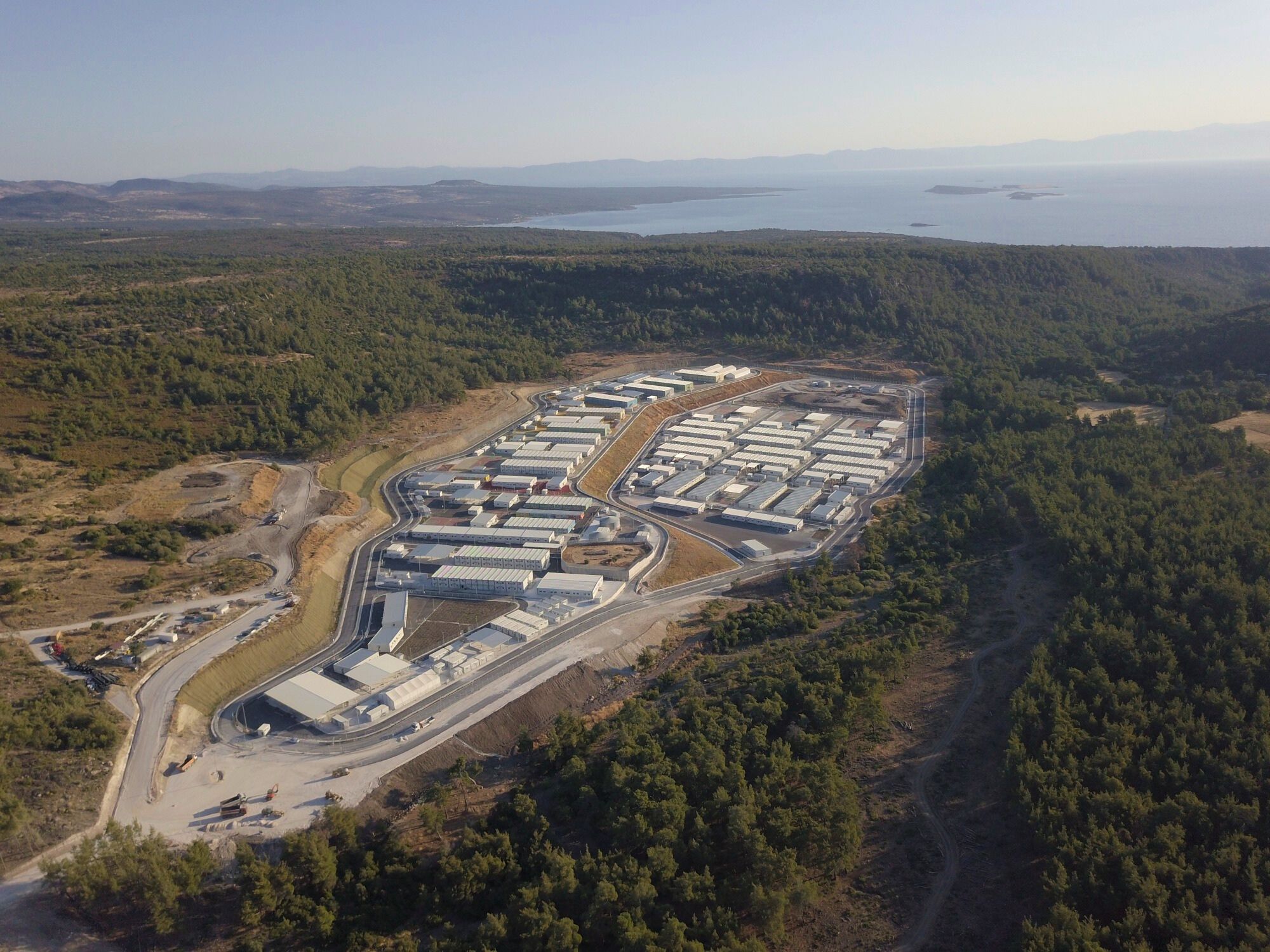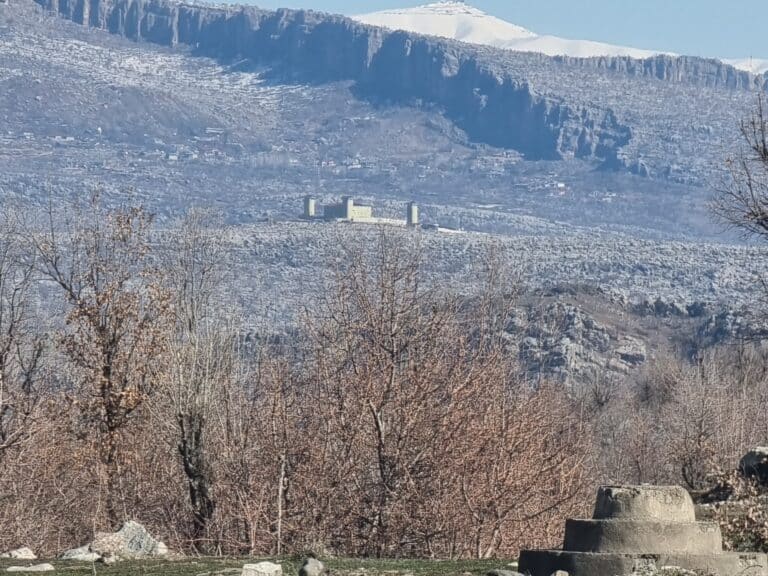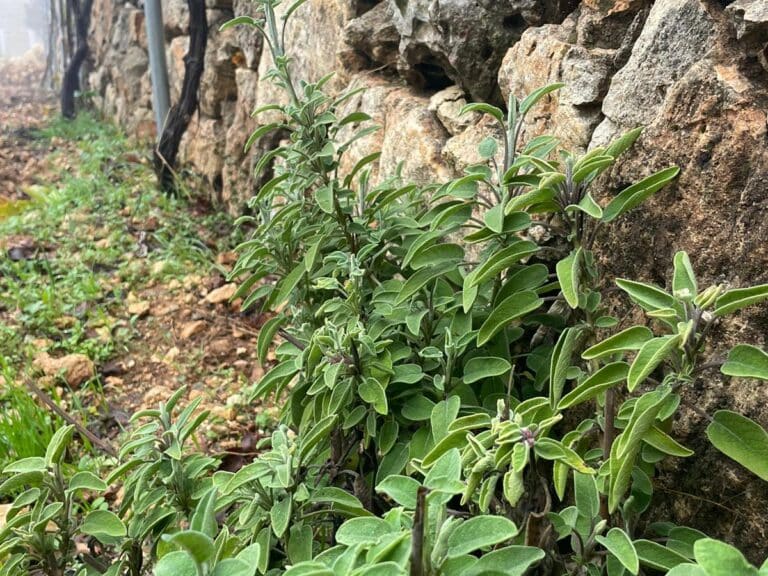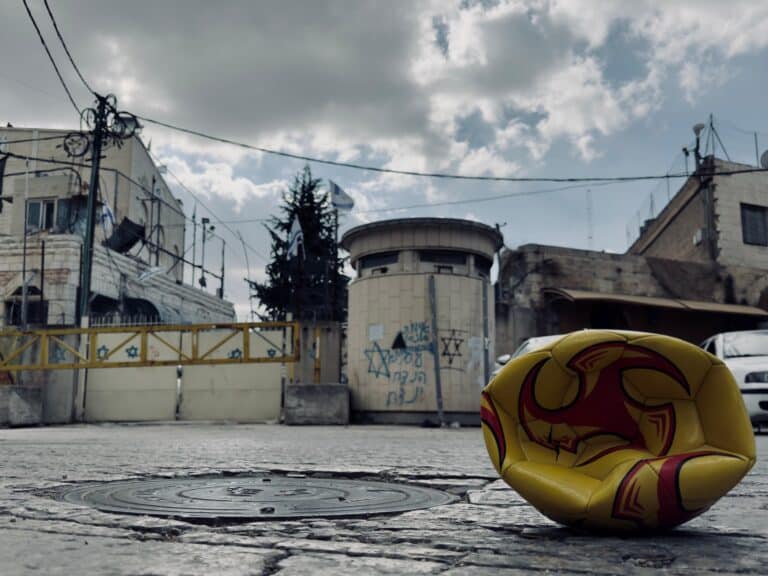Download our report, How to Build a Detention Centre
After the collapse of Moria camp—once a stark symbol of Europe’s failure to respond humanely to migration—the Greek government, with the full support of the European Commission, has turned toward a new, more controlled model of migration management. This model prioritizes isolation over integration, surveillance over support, and invisibility over public accountability.
Our new report, How to Build a Detention Centre: the case of Vastria in Lesvos, analyzes the construction of the Vastria Closed Controlled Access Centre (CCAC). Now nearing completion on the island of Lesvos, the CCAC embodies this shift towards increased control. Designed to detain up to 5,000 people—including families, unaccompanied minors, and vulnerable individuals—the facility centralizes all asylum and deportation procedures in one remote, heavily controlled location. Far from serving as a space of welcome or short-term reception, Vastria is intended for prolonged confinement of people who have committed no crime.
This system aligns with the 2024 European Pact on Migration and Asylum, which promotes fast-tracked border procedures with reduced legal safeguards. Under this approach, detention becomes the rule, not the exception. Asylum decisions are accelerated, deportations are streamlined, leading to an expanded administrative detention regime. The border is transformed from a point of entry to a zone of exclusion and containment.
Our research highlights the way in which Vastria’s construction has advanced despite serious legal, environmental, and social concerns. Over four years, the Greek Ministry of Migration and Asylum has bypassed environmental protections, ignored local opposition, and sidestepped legal rulings through piecemeal amendments and technical redesigns. Whenever an obstacle arose, the plan was adjusted to maintain the appearance of legality while bypassing oversight.
How to Build a Detention Centre examines the critical issue of the structure’s location: within the island’s main pine forest. This ecosystem is highly susceptible to wildfires and poses a major threat to those who live and work in the facility. The structure has been designed without an evacuation road. Despite legal requirements, the final route of the road remains unresolved, which puts thousands of future detainees at serious risk.
The government’s determination to complete Vastria reflects not only its obligations to the EU, which is fully funding the project, but also a broader political agenda that uses migrant containment to signal control. However, the social, environmental, and ethical costs are high—and borne by both asylum seekers and host communities.
What’s at stake is more than the opening of a single facility. Vastria represents the consolidation of a model that treats migration as a security threat rather than a humanitarian issue. It normalizes the use of prolonged detention, minimizes rights protections, and expands the border’s punitive role.
Community Peacemaker Teams calls attention to this dangerous transformation. Facilities like Vastria are not neutral policy tools—they are instruments of exclusion. In a world increasingly defined by displacement, we must resist models that prioritize confinement over integration and work instead for systems that uphold dignity, justice, and human rights for all.
